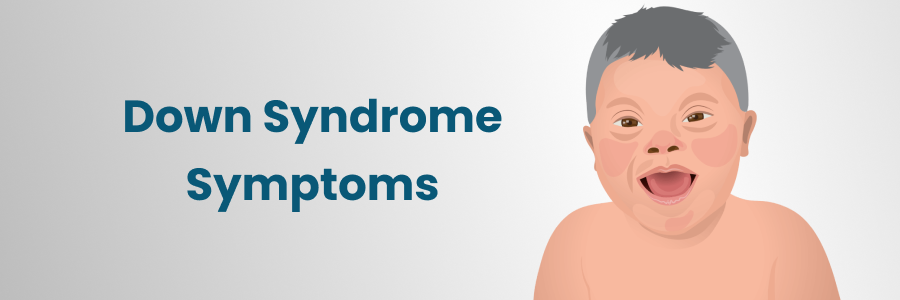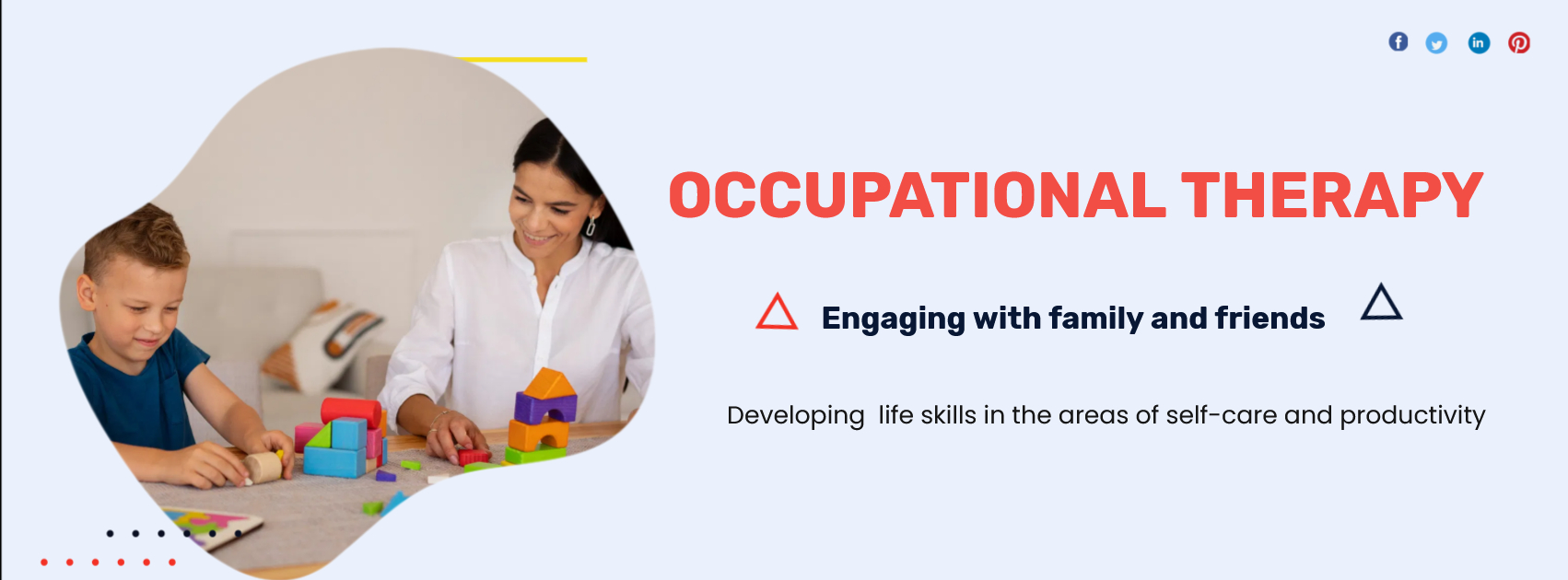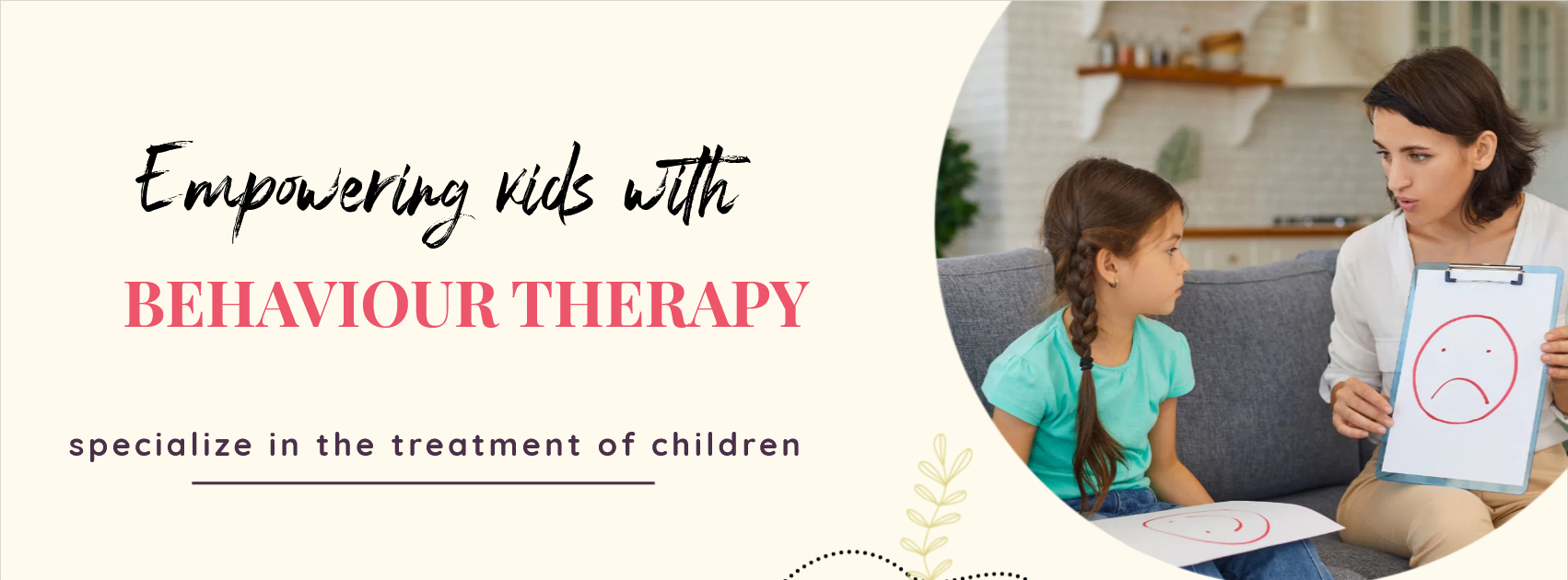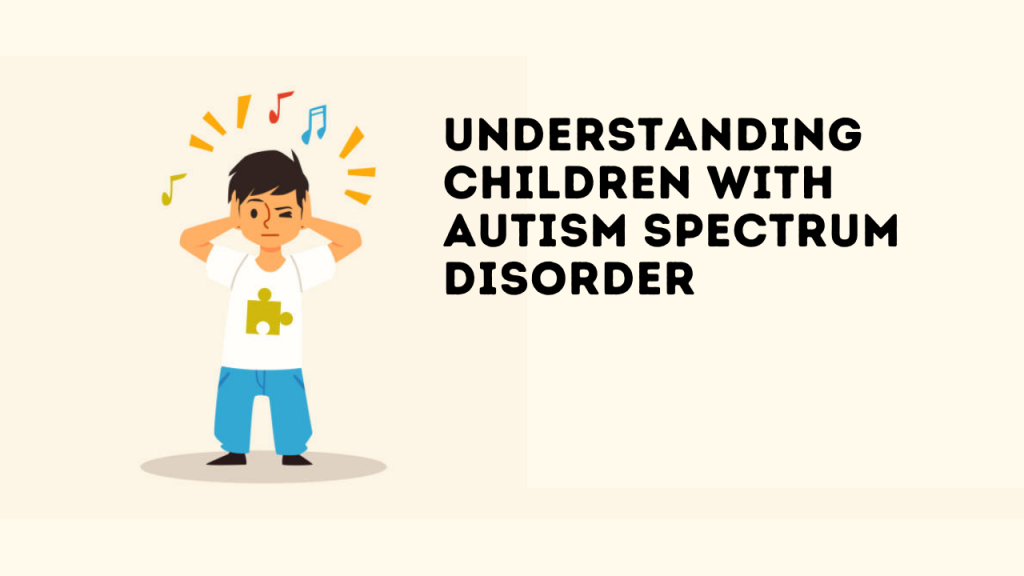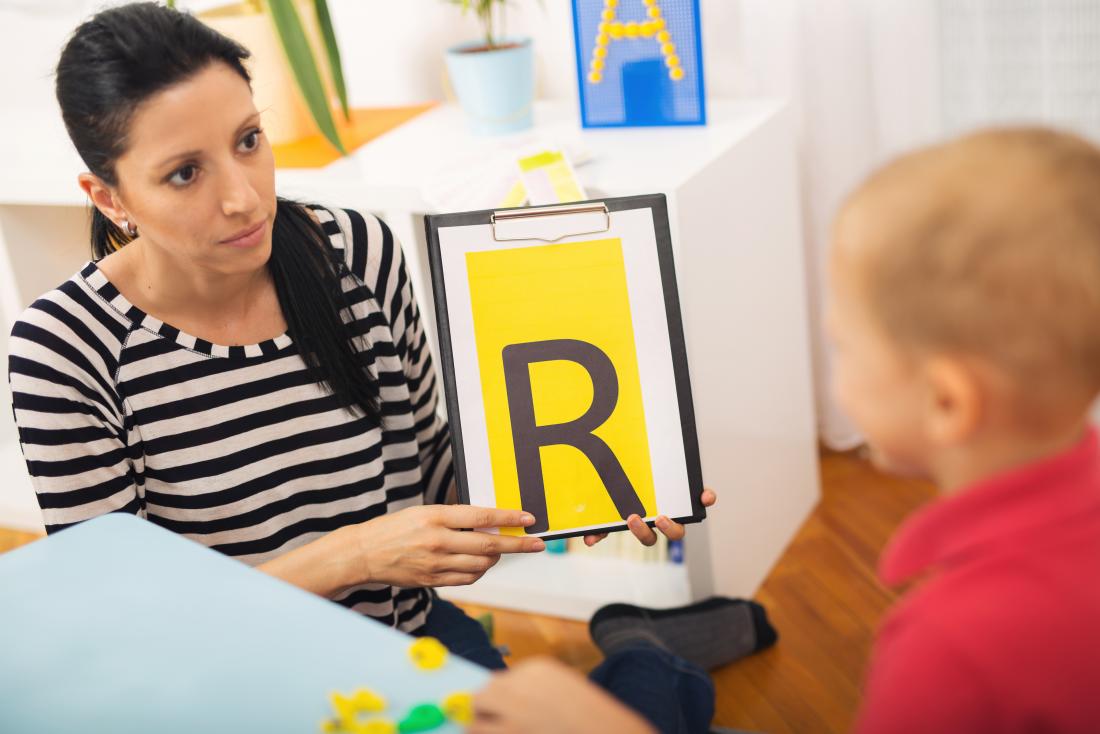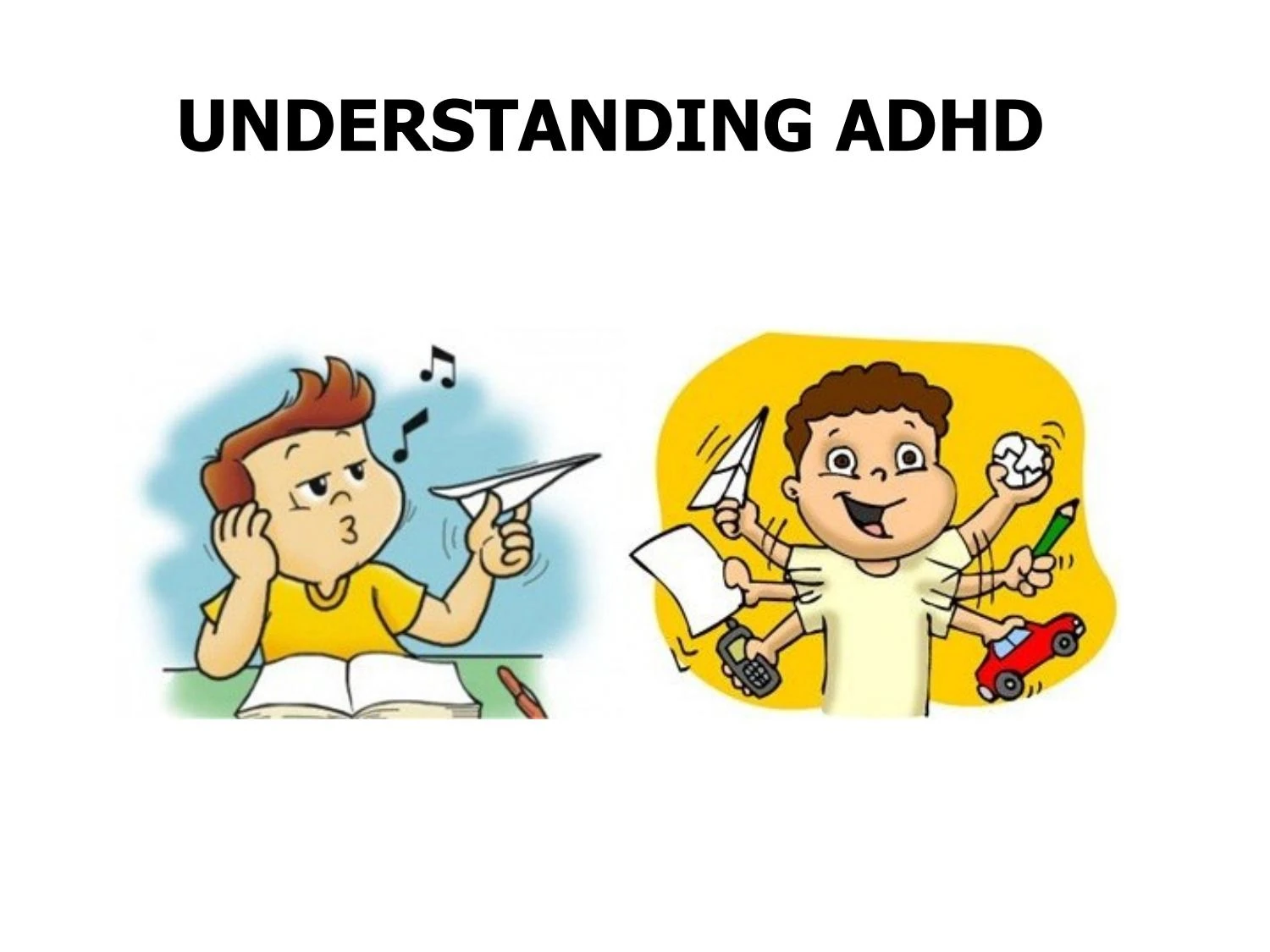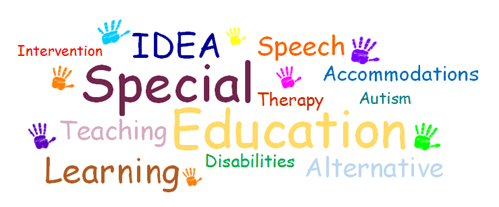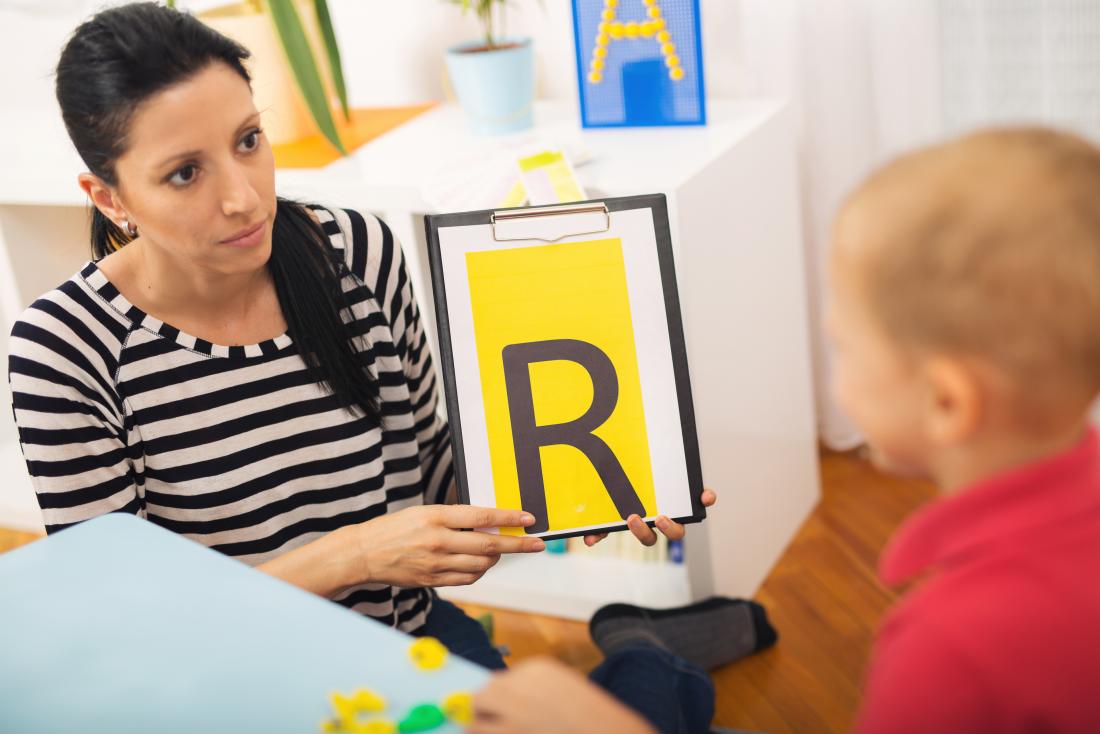
A speech learning disability refers to difficulties that affect a person's ability to produce, understand, or process speech and language. These challenges are not due to a lack of intelligence, but rather to problems with how speech is learned, produced, or comprehended. Speech and language issues are often categorized into several types of disorders or difficulties.
Types of Speech and Language Disabilities
-
Speech Sound Disorders (SSD):
- Articulation Disorder: This involves difficulty pronouncing words correctly. For example, a child might say "wabbit" instead of "rabbit."
- Phonological Disorder: This is difficulty with understanding the sound system of language. A child may leave out, substitute, or distort sounds in words (e.g., saying "gog" instead of "dog").
-
Language Disorders:
- Expressive Language Disorder: This involves difficulty expressing thoughts through words. A person may have trouble forming sentences, using appropriate vocabulary, or organizing their thoughts clearly.
- Receptive Language Disorder: This affects the ability to understand language. Individuals with this disorder may struggle to follow directions or understand what others are saying.
-
Fluency Disorders:
- Stuttering: This is a common fluency disorder, where a person has difficulty with the flow of speech, such as repeating sounds or words, or hesitating for long periods during speaking.
-
Voice Disorders:
- This involves difficulty controlling the pitch, volume, or quality of the voice. Individuals might have a hoarse, strained, or breathy voice, which can interfere with speech clarity.
-
Pragmatic (Social) Language Disorders:
- This affects the use of language in social contexts. Children or adults may struggle with things like taking turns in conversation, making eye contact, understanding jokes or sarcasm, or recognizing social cues.
-
Auditory Processing Disorder (APD):
- This condition affects the brain's ability to process and interpret speech sounds. A person with APD may have trouble understanding speech in noisy environments or distinguishing similar sounds.
Causes of Speech Learning Disabilities:
- Genetic Factors: A family history of speech or language disorders may increase the likelihood of developing a speech learning disability.
- Brain Injury or Neurological Conditions: Injuries or conditions that affect the brain (e.g., cerebral palsy, stroke, traumatic brain injury) can lead to speech and language disorders.
- Hearing Loss: Untreated hearing impairments can affect language development and speech production.
- Environmental Factors: Limited exposure to language, such as in cases of neglect or isolation, can delay speech development.
- Developmental Disorders: Conditions like autism spectrum disorder (ASD), intellectual disabilities, or other developmental delays may also affect speech and language development.
Symptoms of Speech Learning Disabilities:
- Delayed speech: Difficulty starting to speak at the usual age (e.g., not speaking by age 2 or 3).
- Trouble articulating words: Difficulty pronouncing words correctly or consistently.
- Limited vocabulary: Struggling to express ideas or use a wide range of words.
- Difficulty understanding language: Struggling to follow directions, understand conversations, or interpret verbal instructions.
- Inconsistent speech patterns: Difficulty producing speech with fluency, such as stuttering or slurred speech.
- Struggling with social communication: Difficulty holding conversations, understanding non-verbal cues, or expressing emotions appropriately.
Diagnosis of Speech Learning Disabilities:
Diagnosis is typically made by a team of professionals, including:
- Speech-Language Pathologists (SLPs): These experts assess speech and language skills through observations, standardized tests, and interviews with family members or caregivers.
- Audiologists: They assess hearing and auditory processing abilities to rule out hearing impairments.
- Pediatricians or Neurologists: If there's a concern about a neurological condition or brain injury, these specialists may conduct additional tests.
Treatment and Intervention for Speech Learning Disabilities:
Effective treatment depends on the type and severity of the speech disorder. Common approaches include:
-
Speech Therapy:
- A Speech-Language Pathologist (SLP) works with individuals on improving articulation, language comprehension, fluency, and social communication. Therapy is often tailored to the individual's specific needs and may involve exercises, games, and repetition to practice speech sounds, vocabulary, or sentence structure.
-
Parent or Caregiver Training:
- Involving caregivers in the therapy process is crucial. Parents are often trained in how to encourage language development at home, using strategies like speaking slowly, repeating words, or engaging in activities that foster communication.
-
Auditory Training:
- If the individual has auditory processing issues, auditory training programs may help improve the brain’s ability to process speech sounds. This might involve listening exercises that focus on distinguishing sounds or understanding speech in noisy environments.
-
Alternative Communication:
- For individuals with severe speech difficulties, augmentative and alternative communication (AAC) methods (e.g., communication boards, speech-generating devices) can help them express themselves.
-
Fluency Therapy:
- If stuttering is the issue, fluency therapy helps individuals with techniques for slowing down their speech, taking pauses, or breathing to improve speech flow.
-
Early Intervention:
- The earlier the diagnosis and intervention, the more effective treatment tends to be. Early therapy can significantly improve the development of speech and language skills, especially in young children.
Support at School and in Daily Life:
- Individualized Education Plan (IEP): Children with speech learning disabilities may benefit from an IEP in school, which provides personalized goals, accommodations, and therapies.
- Social Skills Training: For individuals with difficulty using language in social contexts, social skills training can help them understand social rules and improve communication with others.
Procedure of Speech Learning Disability
The procedure for addressing Speech Learning Disabilities typically involves several stages, from assessment and diagnosis to intervention and therapy. This multi-step  process is designed to identify the specific nature of the disability, develop a tailored treatment plan, and monitor progress. Below is an outline of the typical procedure:
process is designed to identify the specific nature of the disability, develop a tailored treatment plan, and monitor progress. Below is an outline of the typical procedure:
1. Identification and Screening
- Initial Concerns: Speech learning disabilities are often identified when parents, caregivers, or educators notice that a child or individual is struggling with speech, language, or communication. Signs may include late speech development, unclear speech, difficulty understanding language, or challenges with social communication.
- Screening: In some cases, speech and language screening tests are used by teachers, pediatricians, or other professionals to assess whether there might be a concern requiring further evaluation.
2. Assessment and Diagnosis
Diagnosis is a key step in the procedure, which involves a detailed evaluation by professionals. This includes:
- Comprehensive Speech and Language Evaluation:
- A Speech-Language Pathologist (SLP) conducts a thorough assessment of the individual's speech, language, and communication abilities. This may include:
- Standardized Tests: Tools like the Clinical Evaluation of Language Fundamentals (CELF) or Goldman-Fristoe Test of Articulation (GFTA) are used to assess language comprehension, articulation, fluency, and other aspects of speech.
- Observations: The SLP observes how the individual communicates in natural settings (e.g., during play or conversation).
- Speech Sampling: The individual may be asked to engage in conversation or complete specific tasks to gather data on their speech patterns.
- Parent/Teacher Questionnaires: Information is often gathered from parents or teachers regarding the individual's communication skills in various settings.
- A Speech-Language Pathologist (SLP) conducts a thorough assessment of the individual's speech, language, and communication abilities. This may include:
- Audiological Assessment: If there is concern about hearing impairments, an audiologist may conduct hearing tests to ensure that hearing issues are not affecting speech development.
- Psychological Evaluation: In some cases, a psychologist may be involved to assess cognitive abilities, especially if there are concerns about intellectual disabilities or co-occurring conditions.
- Neurological Evaluation: If there is a concern about brain injury or neurological conditions, a pediatrician or neurologist may conduct additional tests or scans.
3. Diagnosis and Planning
- Based on the assessment results, the SLP (and potentially other professionals) will provide a diagnosis. The individual might be diagnosed with one or more speech or language disorders (e.g., articulation disorder, expressive language disorder, auditory processing disorder).
- A treatment plan is then developed based on the specific diagnosis. The plan may include goals for improving speech production, comprehension, social communication, or fluency.
- Individualized Education Plan (IEP): For school-aged children, an IEP may be developed to outline specific learning goals and strategies for addressing the speech disorder in the classroom.
4. Intervention and Therapy
The heart of the procedure is the therapy/intervention process, which varies depending on the type of speech disorder. Here are the most common types of interventions:
- Speech Therapy (Articulation Therapy):
- Procedure: The SLP works directly with the individual to help them improve their ability to produce speech sounds correctly. This may include exercises to practice specific sounds or words.
- Approach: Techniques might involve repetition, feedback, and positive reinforcement. Therapy is often structured and may take place one-on-one or in small groups.
- Goals: Correct mispronunciations and improve clarity of speech.
- Language Therapy:
- Expressive Language: If the individual has difficulty expressing themselves, the SLP will work on improving vocabulary, sentence structure, and the ability to express thoughts clearly.
- Receptive Language: If understanding language is the issue, the SLP will work on improving comprehension through listening exercises, following directions, and engaging in interactive conversations.
- Social Communication: If there are difficulties in social communication, the therapy might focus on improving turn-taking, understanding non-verbal cues (like body language and tone), and appropriately engaging in conversations.
- Fluency Therapy:
- If the individual has a stuttering or fluency disorder, therapy focuses on techniques to improve speech flow. These can include strategies for slowing down speech, using pauses, and reducing the pressure around speaking.
- Auditory Processing Therapy:
- Procedure: If an auditory processing disorder (APD) is present, therapy may focus on improving how the brain processes sounds. This could involve exercises to help distinguish sounds, identify words in noisy environments, or improve listening skills.
- Alternative Communication Methods:
- For individuals with severe speech impairments, augmentative and alternative communication (AAC) methods might be used. This includes tools like picture boards, speech-generating devices, or sign language.
5. Parent/Family Involvement
- Training: Families, including parents and caregivers, are often trained to support therapy goals at home. This might include practicing speech exercises, using specific communication strategies, and reinforcing behaviors learned in therapy.
- Support: Families are encouraged to be actively involved in the process, as consistent support at home is critical to progress. This could involve daily activities, games, or structured play designed to enhance communication skills.
6. Progress Monitoring and Adjustment
- Regular Check-Ins: The SLP will regularly monitor the individual's progress, adjusting the treatment plan as necessary. This could involve periodic assessments to track improvement or identify new areas of difficulty.
- Re-evaluation: Over time, the individual’s needs may change, and their treatment plan will be updated to reflect new goals or to address ongoing challenges.
- Feedback: Feedback from parents, teachers, and the individual may help guide changes to the therapy plan.
7. School and Social Integration
- School Support: If the individual is a student, the SLP may work with educators to ensure that classroom environments are supportive. This could include modifying assignments, providing extra time for communication, or implementing specific strategies to assist in learning.
- Social Skills Development: For children with communication challenges, interventions often include social skills training to help them engage more effectively with peers, interpret social cues, and learn conversational norms.
8. Long-Term Support
- In some cases, individuals with speech learning disabilities may require ongoing support throughout their lives. Therapy may be adjusted to help with challenges encountered in school, work, or social situations as they age.
- Life Skills: For older individuals, therapy may focus on improving vocational skills, independent living skills, or strategies for maintaining effective communication in various settings.


